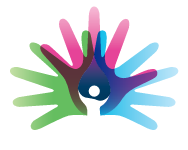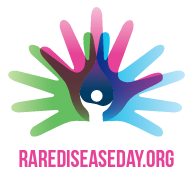Rare Disease Day is a worldwide initiative, taking place on February 28th, except in leap years, when it’s on the 29th (the rarest day of the year) Since 2008, it has aimed to function as a focal point for a globally coordinated movement on rare diseases.
Sufferers of chronic illness are already at risk of being marginalised by society. This is more so when it comes to those with unusual chronic disease.
Equity
Equity is at the heart of what Rare Disease Day is all about. Whether that’s equality of social opportunity, healthcare, or access to diagnosis and therapies, all of those are areas where those with rare diseases can be disadvantaged.
As you might expect, there are universal challenges faced by those living with a rare disease. Even when it comes to diagnosis, a lack of scientific knowledge and quality information on the disease can delay this. Misdiagnosis is also sadly all too common. Whilst rare diseases are highly diverse in their underlying nature, many present with symptoms of common illnesses. Misdiagnosis leads to inappropriate and ineffective treatment, with all the problems which result.
Rare Disease Day is an opportunity to advocate for rare diseases as a human rights priority in the struggle for a more inclusive society.
What is a “Rare Disease”?
Over six thousand diseases fall under the “Rare Disease” umbrella. Taken together, a huge portion of the world’s population suffer with them. An estimated 300 million people live with rare disease. Potentially more than 1 in every 20 of us might be sufferers, though many of these individual diseases have under fifty thousand recognised cases.
Most rare diseases – over 70 per cent in fact – are genetic ones. A similar proportion of rare diseases start in childhood. Notably, all paediatric cancers are considered rare.

Living with a Rare Disease
Turner Syndrome is a chronic condition which illustrates many characteristics of rare diseases. It is a rare chromosomal disorder, and notoriously hard to diagnose. There are two primary reasons why Turner Syndrome is hard to diagnose: symptoms vary between patients and may only emerge during puberty. This second characteristic is less usual amongst rare diseases, although the illness itself is present in sufferers from birth.
Turner Syndrome is confirmed by running a blood test known as a karyotype. This test shows patients with the syndrome as having 45 chromosomes as opposed to the normal 46.
The two most common characteristics of this condition are stunted growth and underdeveloped ovaries. It can also cause a range of other symptoms, some serious, like heart and kidney problems. Girls and women with Turner Syndrome will require lifelong checks on these and other organs. But, with the right support, it is possible for sufferers to experience a good quality of life.
That phrase, “the right support” is so key to all this. Without awareness of how to identify and treat rare diseases, especially in countries where health services are stretched and lacking resources, needless suffering will result.
The Same but Different
The example of a rare disease used in this piece – Turner Syndrome – is just one example amongst over six thousand sicknesses. All such illnesses are different, not just from more common conditions, but from each other also. The similarity is, of course, rarity, and that’s what Rare Disease Day is all about: not overlooking the obscure.
